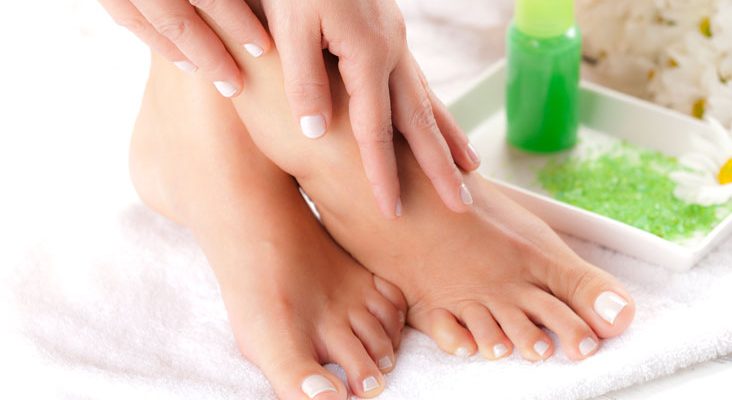Diabetes that is poorly managed can cause nerve damage and will therefore affect your foot and legs. Furthermore, the circulation of individuals with diabetes may be affected. This can lead to the development of diabetic foot ulcers, diabetic foot infections, or foot deformities.
Early detection and management for patients at risk of diabetic foot ulcers and other foot infections will decrease complications and amputations.
Here are some recommendations on how to care for your feet as a diabetes patient.
Wash Your Feet Daily
It is essential to maintain the cleanliness of your feet. But don’t soak them for too long because it might cause your skin to become dry. Be sure to use gentle soaps and warm water as well. Then, pat your skin dry, avoiding rubbing it.
Apply moisturiser or petroleum jelly to them after washing to avoid your feet from cracking. But not between your toes, which may cause an infection! Use a non-medicated powder before wearing socks and shoes to keep your feet dry.
Cold weather and central heating may dry up your skin in the winter. Take extra precautions to keep your feet moisturised and warm. If your feet get cold at night, it is recommended to wear socks to bed.
Constantly Monitor Your Feet
Examine the tops and soles of your feet thoroughly. If you can’t see them, use a mirror or have someone else do it. Here are some tips:
- Set a timer for each day.
- Use sufficient lighting to detect any issues.
- Check your feet, toes, and heels for dry, cracked skin.
- Examine your feet, toes, and heels for blisters, wounds, scratches, bruises, scrapes, or other lesions.
- Examine your toes for wounds or fungus that might cause athlete’s foot.
- Look for redness, increased warmth, or sensitivity.
- Look for ingrown toenails, corns, and calluses should.
Don’t Forget To Care for Your Toenails
When your toes are tender after bathing, trim them. First, cut your nails straight, then smooth them with a nail file. Most importantly, it would be best not to allow the corners of your toes to grow into the skin. This may result in an ingrown toenail.
You might get it done by a nail technician or a podiatrist (foot doctor). Bring your own nail tools if you receive pedicures at a nail salon.
Don’t Exercise Too Roughly
Exercise on a regular basis to maintain good blood flow. Aim for at least 30 minutes of movement every day.
Wear comfy shoes for walking and working exercise. Exercise should be avoided if you have open sores on your feet. Consult your doctor about the best sort of activities for you.
Wear Proper Shoes and Socks
Never walk barefoot or with only socks on. You don’t want to trip on pebbles, tacks, or small bits of glass, which might sever your foot. Always wear shoes, hard-soled slippers, or similar footwear to protect your feet. Wear shoes or boots that will protect your feet from elements such as cold and dampness. At home, wear slippers.
Shoes with high heels and pointy toes are not appropriate. Also, avoid shoes that expose your toes or heels, such as open-toed shoes, flip-flops, or sandals. They leave you open to damage and infection.
Change your socks every day. Dress in natural fabrics such as cotton, wool, or a cotton-wool combination. Socks with seams that may rub against your skin and create blisters should be avoided. Likewise, tight socks should be avoided.




